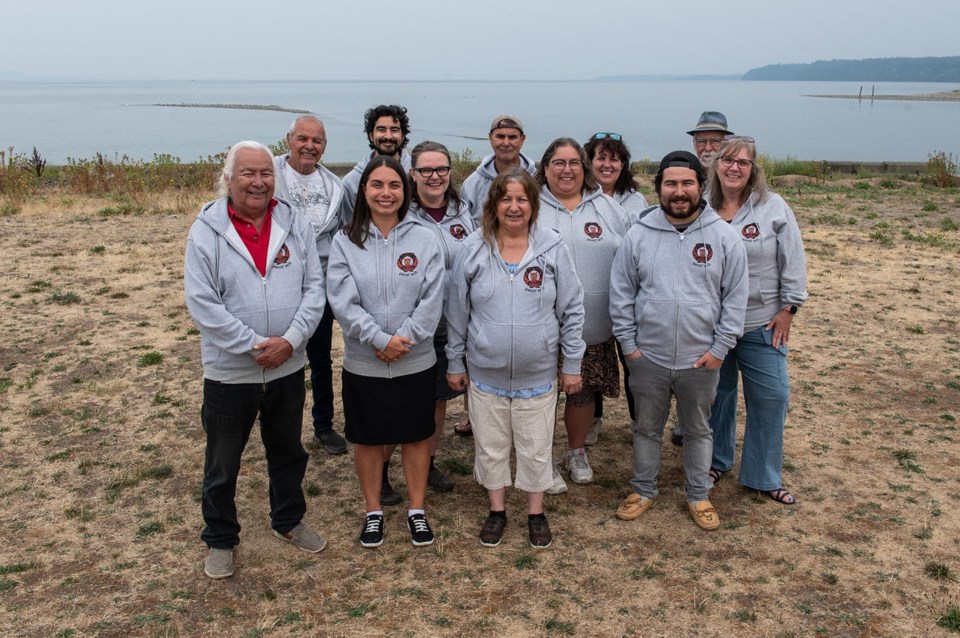Eighty years after the last fluent speaker of the pentl’ach language died, Qualicum First Nation members are piecing the language together from documents to bring it back from the brink.
The language was one of three First Nations languages in B.C. considered “sleeping,” meaning there was no active use or learning of the language, said Aliana Parker, language revitalization program specialist at the First Peoples’ Cultural Council.
After several years working to reconstruct the language, it is now considered by the province as a living language, because it’s actively being used and learned in the community.
“This is a demonstration that language revitalization is possible. It absolutely is possible to bring a language back and to increase its use within the community,” Parker said.
There are now two semi-speakers of the language and about 20 people learning pentl’ach (pronounced punt-lutch) after the last speaker died in the 1940s.
Reconstructing the language without any speakers posed a challenge for the nation. All they had was a limited dictionary of translations between English and pentl’ach, and German and pentl’ach, and six stories written each in pentl’ach and in German, said Jessie Recalma, a culture and language researcher for Qualicum First Nation.
A small team used those documents to identify some words and establish patterns of root words and prefixes and suffixes to reconstruct other words, Recalma said. They also looked at similar languages to find patterns.
“We essentially have to rebuild the language kind of from scratch,” he said.
The team developed a spelling system and determined how to form basic sentences and then more complex ideas.
Recalma said there’s a high level of confidence that the reconstruction of the language is accurate, and that the language might evolve if new information becomes available.
“The important thing will be that we can understand ourselves and that our neighbours’ languages can also, in a way, understand us,” he said.
Reviving the language is a way of saying Qualicum people are not extinct, said Recalma, who has been studying the language and considers himself a beginner.
Revitalizing a language connects people to the knowledge, worldview and stories of their people, said Lorna Wanosts’a7 Williams, chair of the First Peoples’ Cultural Foundation, because language is connected to the land culture.
“When a person reconnects with the language of their land, their home language, they become connected to that world and it’s a world that is almost inaccessible without language,” she said.
The First Peoples’ Cultural Council and B.C.’s Ministry of Indigenous Relations and Reconciliation provided funding for the language revitalization work.



